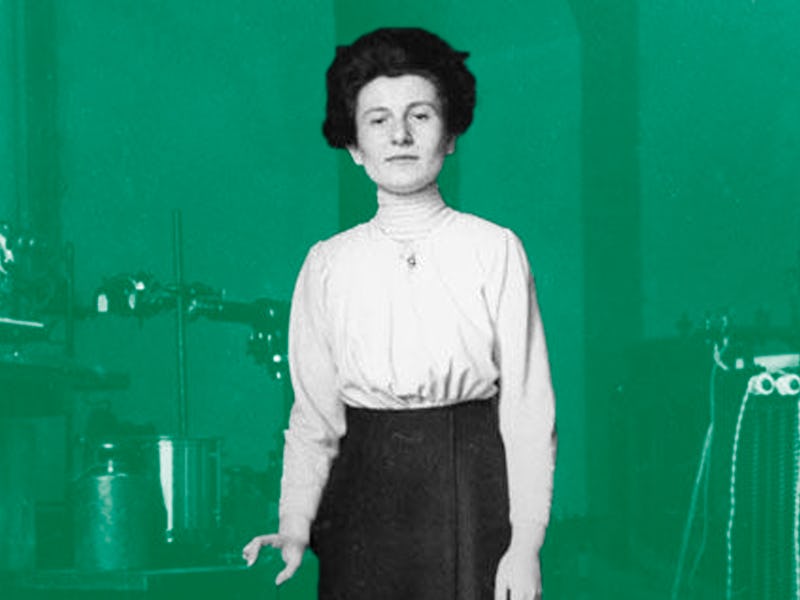Hedwig Kohn: Her 3 Most Important Contributions to the History of Physics
Kohn's work built foundations for the researchers who came after her.

April 5 marked the 132nd birthday of Hedwig Kohn, the German-born physicist whose birth, life, and work were honored with a Google Doodle on Friday.
Kohn, a Jewish woman who escaped from Germany during World War II, led a remarkable life that took her from her hometown of Breslau (modern-day Wrocław, Poland), through Europe, and to multiple university positions in the United States.
Her harrowing two-month journey out of Nazi Germany, via the Soviet Union, led her to North Carolina. Once she reached the US, Kohn became a preeminent physics researcher whose work influenced the modern understanding of radiometry and spectroscopy.
In addition to a lifetime dedicated to expanding knowledge, here are three of her most noteworthy legacies she left behind:
She Was a Trailblazing Female Physicist
Kohn began attending university before she was technically even allowed to be a student. As a woman, Kohn was barred from matriculating in Germany, but in 1907, she began auditing classes at Breslau University. She enrolled the next year, when women were finally allowed to enroll. Receiving her doctorate in physics In 1913, she began working under the physicist Otto Lummer, taking on a large portion of advising and teaching duties during World War I. During this time, their work focused on flame spectroscopy and other radiation properties, including those that led to the formulation of Planck’s radiation law.
One of Kohn’s most noteworthy achievements was receiving her habilitation, a certification roughly equivalent to current-day post-doctoral research. Common among European countries, it allows an academic to teach university courses, but at the time it was not common for a woman to earn such qualifications. In 1930, 17 years after she received her doctorate, she finally received the accreditation, becoming one of only three women to receive a habilitation in Germany before World War II.
But in 1933, under Nazi laws that removed Jewish people from positions of authority, she lost her position at the university.
She Was a Prolific Academic Adviser
During her time at the Breslau University, Kohn advised doctoral students, even while she was a very junior faculty member. Eight of her advisees received their doctorates by 1940, despite the fact that Kohn had lost her position.
When she escaped to the US in 1941, Kohn took positions at several women’s colleges, including the Women’s College of the University of North Carolina in Greensboro, as well as Wellesley College in Massachusetts. She remained at Wellesley until 1952, when she retired from teaching. But Kohn didn’t stop working at that point.
Until her death in 1964, Kohn continued her research in a flame spectroscopy laboratory she had set up at Duke University, where she advised two Ph.D. students and two post-doctoral researchers.
Her Work Formed the Foundation of Radiometry
Kohn’s research on radiometry — the measure of electromagnetic radiation, including that on the visible light spectrum — resulted in 20 peer-reviewed publications in academic journals as well as one patent. These publications formed the basis for physics textbooks that introduced students to radiometry, starting in the 1960s, so her work was in front of almost every student of physics.
Kohn worked as a research associate at Duke, where she continued to mentor students until shortly before her death, on March 26, 1964.